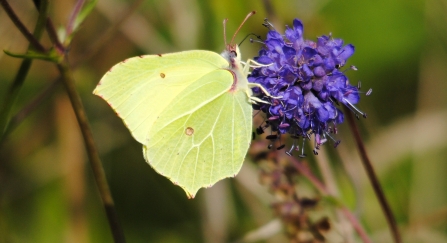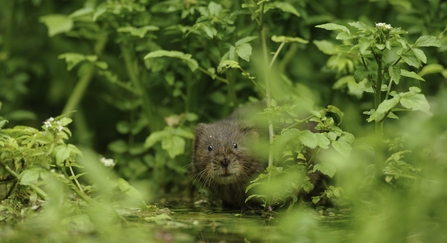Conservation Manager Tim Hill describes how Wilder St Albans was developed and what the project hopes to achieve.
Wilder St Albans aims to increase biodiversity – natural habitats and the species they support - across the District of St Albans. We will encourage the local community to take practical action for wildlife and we will look for natural solutions to the climate and ecological crises such as changing mowing regimes and allowing trees to grow.
It couldn't come a moment too soon. The Trust’s ‘Hertfordshire State of Nature’ report was launched in March 2020, highlighting the immediate need for action to address the ecological and climate crises, and to reach our target to secure 30% of land for wildlife by 2030. Wilder St Albans is a great example of how communities and organisations can come together to make a real difference and play their part in nature’s recovery.



